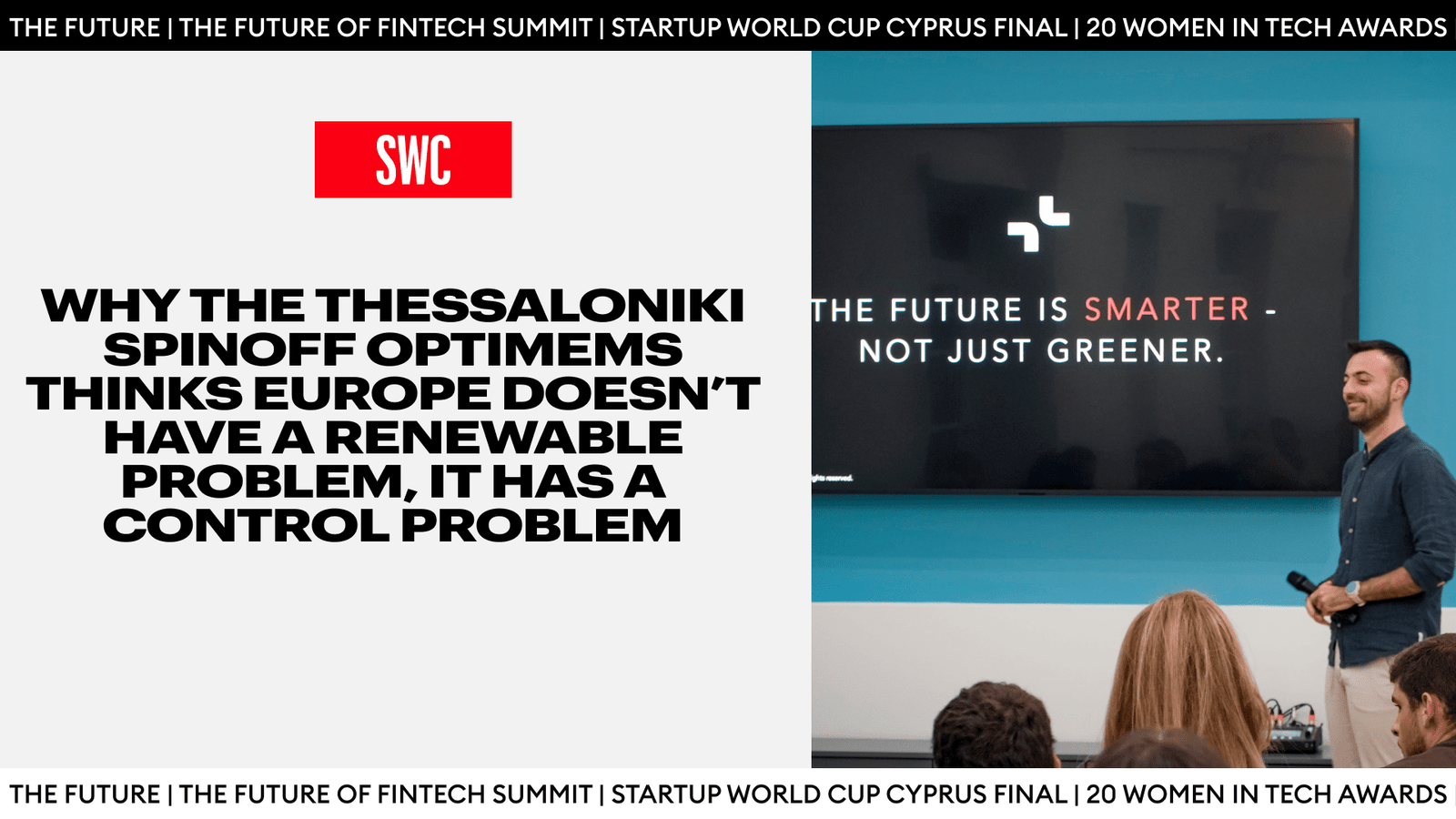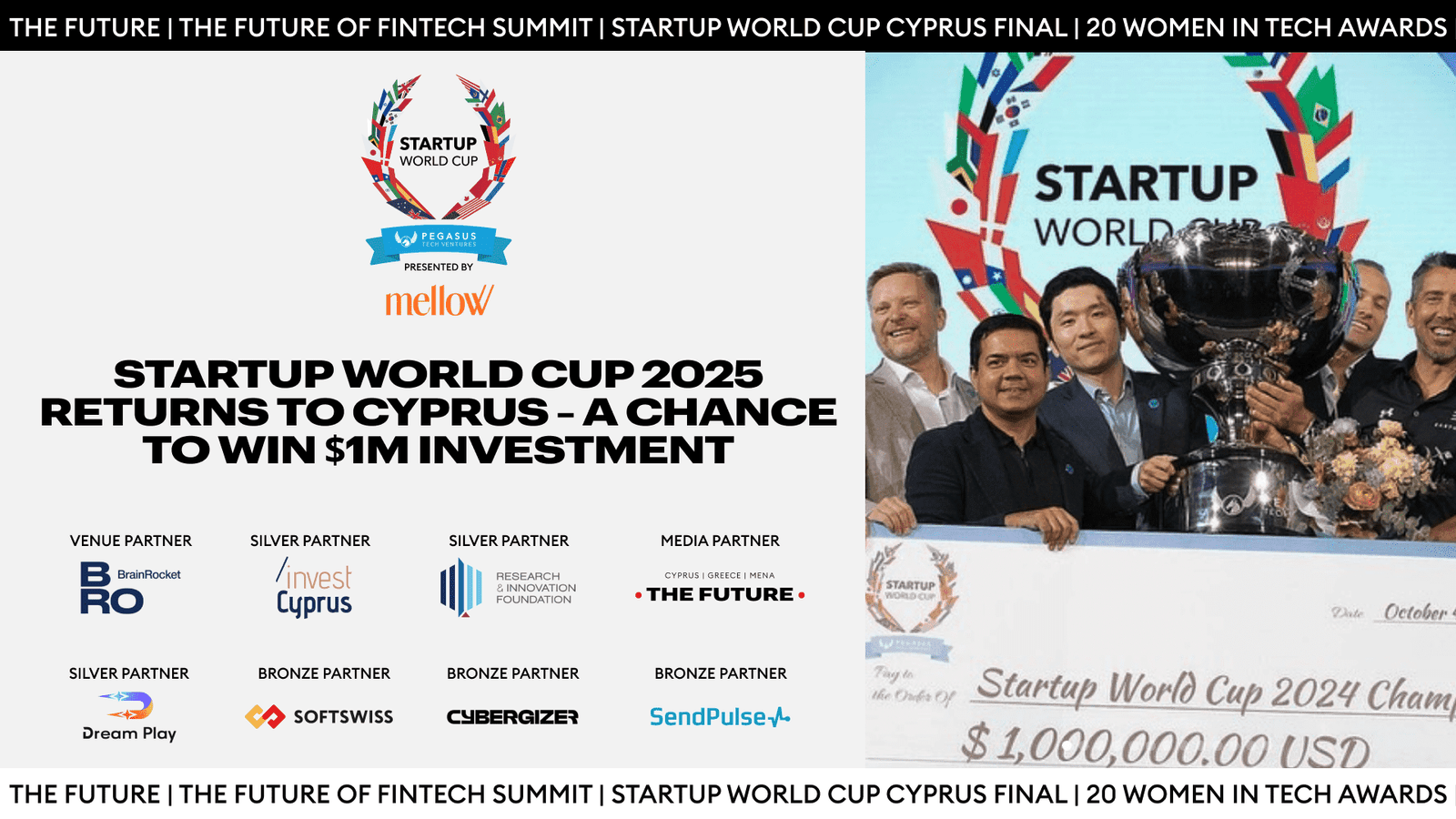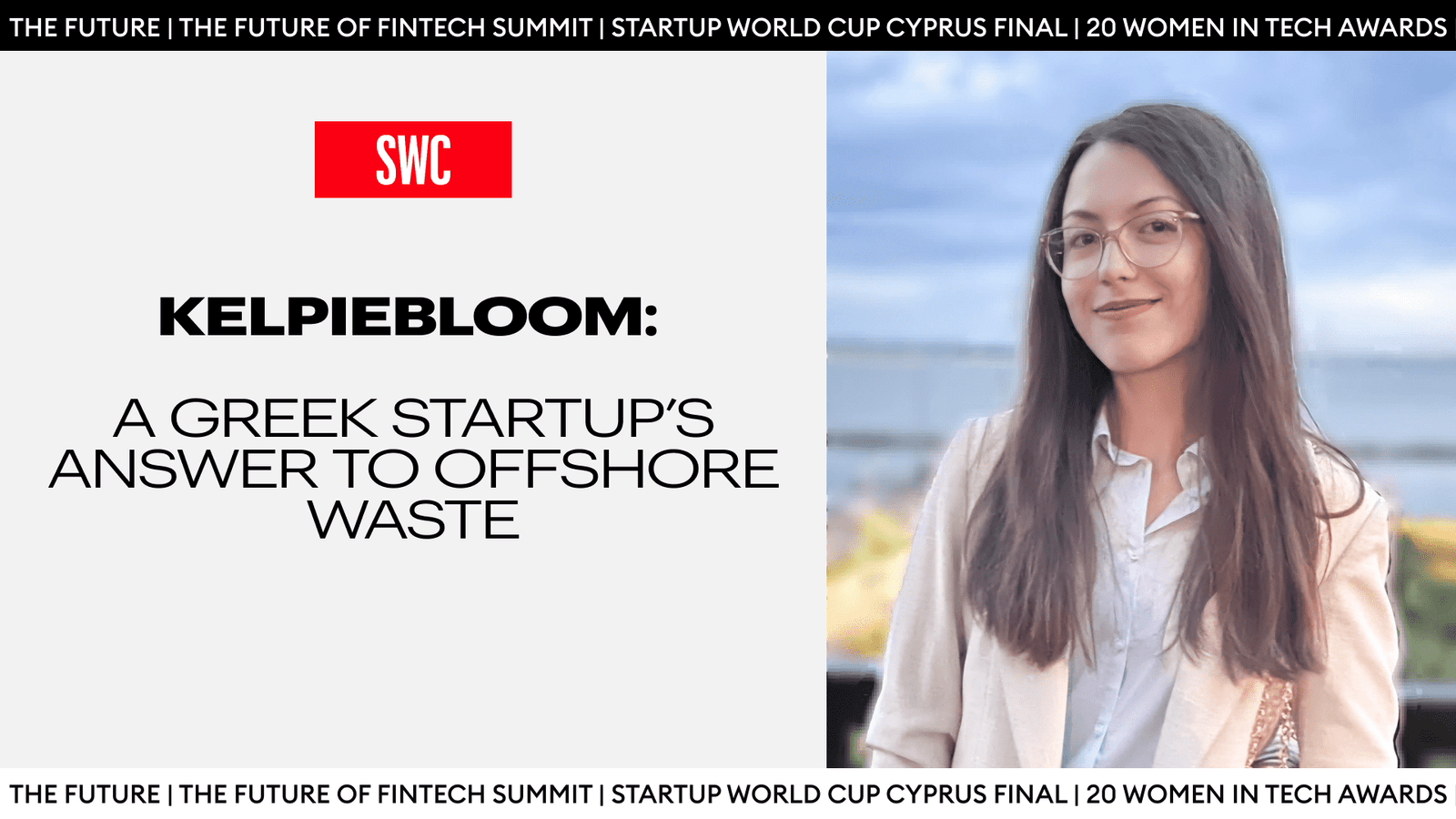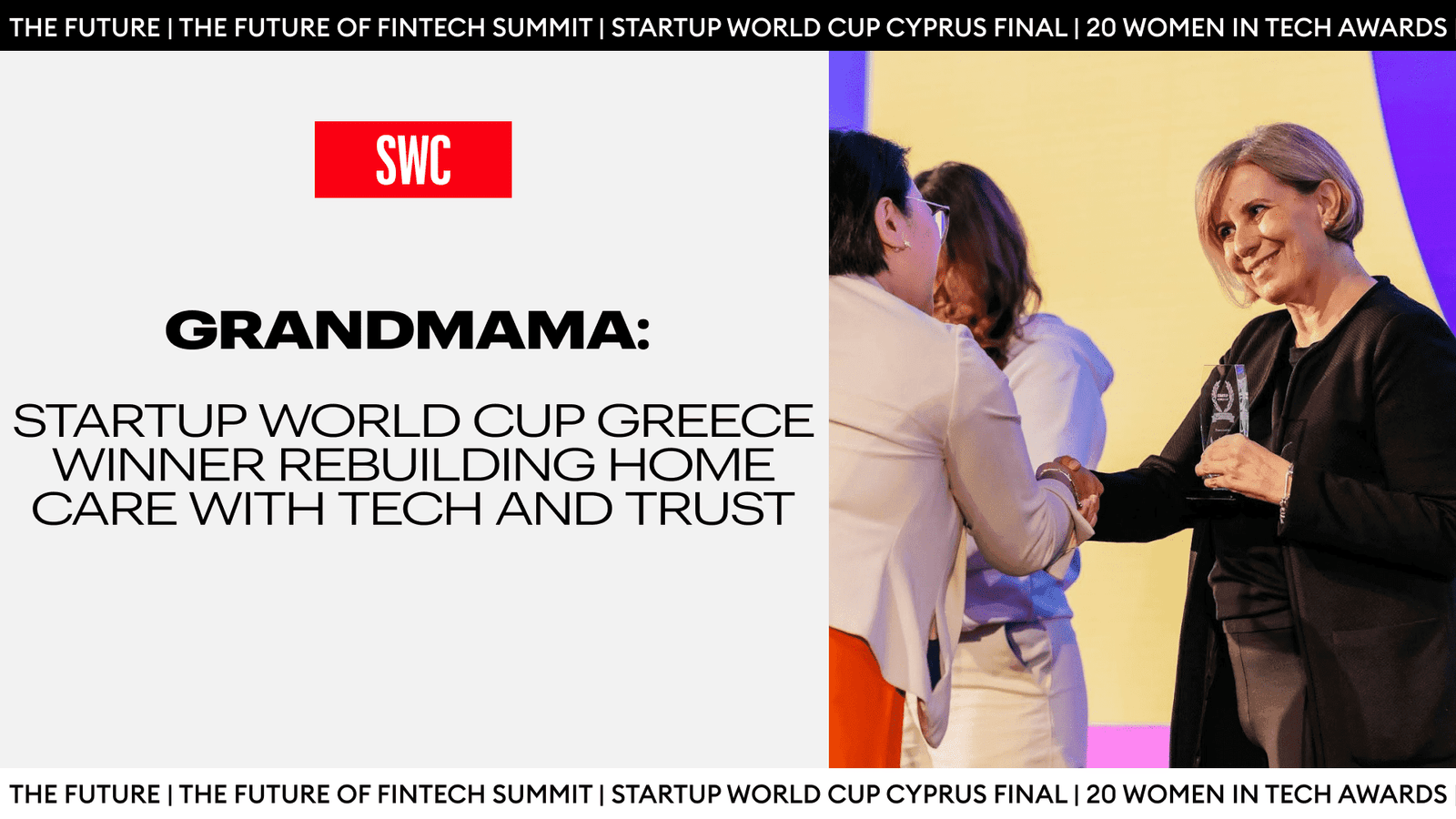In northern Greece last spring, a solar park hit full output, just as the grid operator sent a command to curtail production. This was not because there was not enough sunlight pouring in. The day was bright, without a cloud in sight. The panels were still working at full capacity, but the clean power they generated was blocked from entering the grid, discarded because the system couldn’t absorb it.
Scenes like this are not unusual across Europe. By 2024, wind and solar supplied almost a third of the EU’s electricity and helped push renewables to nearly half of the power. However, operators still default to cutting generation when supply surges. A recent analysis estimated that grid bottlenecks in just seven European countries led to €7.2 billion in curtailed renewable energy in 2024. This is power that was produced, paid for, and then thrown away. Back into the wind, literally.
Follow THE FUTURE on LinkedIn, Facebook, Instagram, X and Telegram
For instance, Greece added 2.6 gigawatts of solar capacity in 2024, pushing total PV to 9.6 GW. At the same time, renewable curtailment approached 1 terawatt-hour, most of it during midday peaks. Without smarter control, losses could exceed 1.7 TWh this year.
A new legal requirement now obliges all renewable and combined heat and power plants above 400 kW to install remote monitoring and control, forcing operators to retrofit older model fleets with modern intelligence.
This is the very problem Optimems is on a mission to tackle. The founding team built their expertise at CERTH’s Information Technologies Institute in Thessaloniki, where they tracked how rapidly growing solar and wind capacity was pushing grid operations to their limits, while batteries, EV chargers, and flexible loads remained largely unmanaged at the edge. Their take? The problem isn’t too much renewable energy. It’s a lack of intelligence to coordinate it.
In this interview with The Future Media, Dimitris Karanassos, COO and co-founder of Optimems, explains how the company’s AI-driven platforms turn volatility into value, maximising yield for renewable parks, cutting bills for industrial consumers, and helping Europe get the most out of every megawatt of clean power it already produces.
How did you come into this space of energy management and grid flexibility?
Our journey started in the research labs of CERTH/ITI (Centre for Research and Technology Hellas / Information Technologies Institute) in Thessaloniki. As engineers and researchers, we saw firsthand how the energy transition was outpacing the control technologies needed to support it. Renewables are growing rapidly, but the infrastructure to manage them has been unable to evolve at the same speed. Therefore, the electric grid would reach its operational limits really fast. The continuous addition of intermittent renewables like solar and wind, without intelligent management tools, creates instability, waste (curtailment), and increased costs. We entered this field with the conviction that distributed energy can only scale if it becomes intelligent, autonomous, and truly interoperable. Recognising this, we set out to transform our high-tech research into practical, market-ready solutions to give the next-generation grid the necessary ‘intelligence’ to operate efficiently and sustainably. Building on this vision, our core team, utilising its extensive academic background and hands-on experience, started developing advanced algorithms and optimal holistic energy management systems for the new power grid, formed by microgrids and virtual power plants.
What problem were you seeing in renewable integration and real-time balancing?
The core problem is the lack of flexibility and interoperability across heterogeneous energy assets. While we were adding massive amounts of renewable energy sources (RES), which are inherently variable, the traditional grid systems struggled to adapt to this real-time volatility and bidirectional power flows. This resulted in a critical lack of synchronization between supply and demand: First, significant RES production is often wasted through curtailment because the grid lacks the immediate flexibility to absorb it. Second, expensive energy storage systems (batteries) are underutilised, not charging or discharging based on true network needs or maximizing market opportunities. Finally, for energy consumers, the inability to centrally manage and optimize their on-site energy resources translates directly into higher energy bills and less self-sufficiency. We realized the key wasn’t more hardware, but a central, real-time, intelligent hub—a brain—that could unify these siloed assets—PV, wind, batteries, EVs, and flexible loads—under a single, optimal control system.
What pushed you from exploring the problem to founding Optimems?
As European regulations began mandating remote control for RES plants and ancillary service markets expanded, we realized the timing was right. The shift from exploration to founding Optimems in mid 2022 was driven by a compelling combination of market maturation and technological proof. Our initial research framework, OptiMEMS, was successfully validated in real-life demonstration projects across the EU, proving its capability to optimally schedule and manage microgrid assets for stability and profit. We realized we had a proven, cutting-edge technology, and the market was finally ready to adopt it at scale. Optimems was born from our determination to move beyond simulation and lab results—to prove that intelligent, fault-tolerant control can deliver measurable economic and environmental impact in the field. Founding the company as a spin-off of CERTH/ITI was our pathway to bring this essential innovation to the heart of the energy transition.
What is the main mission of Optimems?
The main mission of Optimems is to empower a sustainable, decentralized energy future by providing the intelligence needed for Smart Grid 2.0. We aim to ensure that every megawatt-hour of clean energy is utilized, transforming grid volatility into economic and environmental value. Our systems deliver predictive automation that maximizes performance and minimizes cost.
- For a Renewable Plant Operator (e.g., Solar Farm): We maximise their Return on Investment (ROI). Our platforms, like +SolarControl and +Sight, ensure regulatory compliance (remote monitor and control), deliver tools for portfolio optimisation, and enable predictive maintenance. This reduces operational expenses (OPEX) and maximises energy yield.
- For an Energy Consumer (Industrial or Commercial): We enable self-sufficiency and revenue generation. Our system, +Mind, integrates all of their diverse energy resources (e.g. PV, storage, EV chargers etc.) into an optimised microgrid. It drastically reduces energy bills and allows them to participate in demand response and energy markets, essentially turning their flexible assets into revenue streams.
Let’s talk more about +SolarControl. What is it exactly, and where does it sit on site?
+SolarControl is our comprehensive, proprietary hardware and software plug-and-play solution for remote monitoring and robust control of renewable energy parks. The core of the system is a compact and secure hardware box that contains an industrial-grade mini-PC, acting as a Remote Terminal Unit and supporting all the necessary communication modules (VPN, Modbus, etc.). Its primary function is to ensure full compliance with the evolving grid regulations (like the HEDNO requirements in Greece) and supports a wide range of inverter manufacturers via open protocols, which is vital for avoiding vendor lock-in and modernising legacy sites.
Thanks to its resilient design, +SolarControl is installed on-site, typically next to the main electrical board, where it serves as a secure next-gen local controller interfacing directly with the inverters and the grid operator’s SCADA system.
What is +Mind, and how does it guide the scheduling and operation of energy assets?
+Mind is our smart, AI-driven Energy Management System (EMS), primarily focused on optimising distributed energy resources (DERs) like solar, batteries, EVs, Wind Turbines, and smart loads for businesses and residential consumers. It utilises advanced AI algorithms and predictive analytics.
The system essentially acts as the intelligent brain for the energy system with three core tasks: forecasting, optimisation, and real-time dispatch. For forecasting, it predicts future energy production (e.g., from PV or wind turbines) and consumption (loads) based on real-time weather data and historical patterns. Using these forecasts, the core multi-objective optimisation algorithm calculates the optimal schedule for every asset (i.e., when the battery should charge/discharge, when a heat pump should run, etc.). This schedule balances competing goals: maximizing economic benefit (reducing energy bills, increasing market revenue), minimising carbon footprint, and maintaining system reliability. Finally, it applies the schedule in real-time, dynamically adjusting the operation of the assets to maintain the optimal path, ensuring efficiency and grid stability.
What have you learned from deployments in Greece?
The Greek market, with its new mandate for remote control of RES plants, showed us that while the need for sophisticated deep-tech is high, the solution must be dead-simple to deploy, integrate, and manage across diverse sites. This insight guided the design of +SolarControl—robust, interoperable, and easy to integrate even with legacy systems. Our deployments in Greece have been an invaluable, high-velocity testing ground for our technology. The primary learning has been the critical need for simplified, plug-and-play solutions that can address complex compliance issues. These lessons directly shaped +SolarControl’s architecture, emphasising resilience and broad compatibility with a wide variety of equipment. They also defined our design philosophy: resilience first, optimisation second, simplicity third. Finally, our Greek projects highlighted the wealth of local talent and engineering expertise in Thessaloniki, which has become a cornerstone of our growth strategy.
Who is on your core team today?
Optimems was founded by a strong, multidisciplinary team from the research community in Thessaloniki. Our team brings together power systems engineers, control specialists, software architects, and data scientists, most of whom have worked in both academia and industry. What unites us is a shared purpose: to make Greece a birthplace of deep-tech solutions that redefine how the world manages energy.
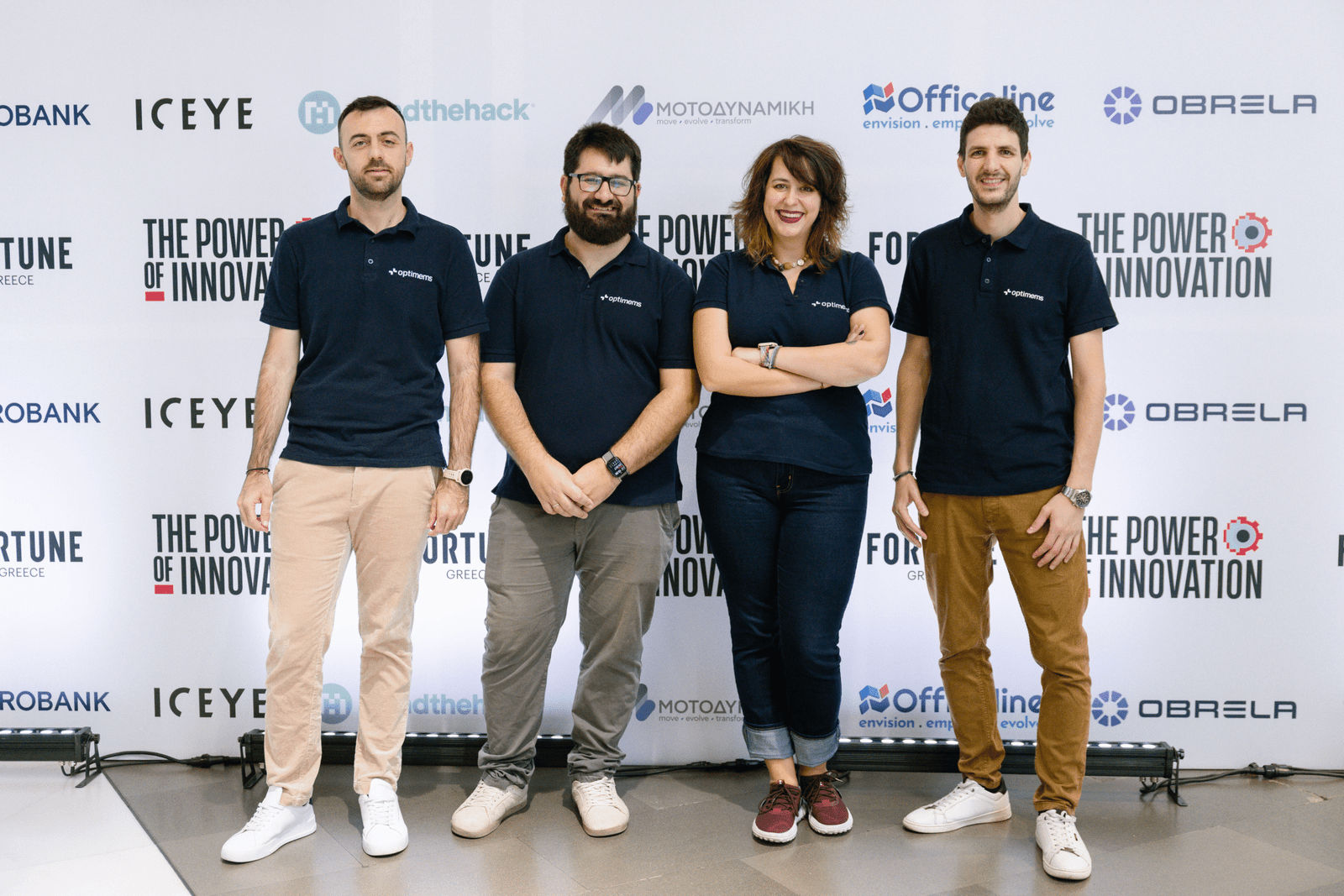
Our core leadership team today includes:
- Angelina Bintoudi (CEO): Visionary leader with deep expertise in microgrids and clean energy.
- Lampros Zyglakis (CTO): The architect of our core technology and optimisation algorithms.
- Christos Timplalexis (CPO): Driving our product strategy and market fit.
- Dimitris Karanassos (COO): Ensuring operational excellence and scalability.
- Dimosthenis Ioannidis (Innovation Advisor) & Dimitrios Tzovaras (Business Development): Contributing significant scientific and market expertise, leveraging their strong background from CERTH.
In total, our team now comprises 18 highly specialised individuals, primarily Electrical and Computer Engineers from the Aristotle University of Thessaloniki (AUTh).
Why did you choose to participate in Startup World Cup Greece this year, and what did you take away from the finals experience?
We chose to participate in the Startup World Cup Greece for two key reasons: validation and global visibility. As we prepared for our expansion into the broader EU market, we wanted to rigorously test our pitch and business model against some of the country’s most innovative startups and leading international investors.
What we took away from the finals experience was a powerful confirmation of our value proposition on the global stage. Being named a finalist, among a highly competitive group, significantly enhanced our visibility and affirmed that our holistic approach to energy management resonates with top-tier international investment groups. It strengthened our confidence that the problem we are solving—grid flexibility in the age of renewables—is a global imperative, and that our technology is world-class.
What does success look like for Optimems over the next two years as you expand into EU markets?
Success for Optimems over the next two years is defined by three pillars: scale, maturity, and impact.
- Scale: Achieving significant market share in at least three major EU markets beyond Greece. This translates to a significant increase in the total installed capacity managed by our platforms.
- Maturity: Establishing +Mind as the leading Virtual Power Plant (VPP) software platform in the European South, providing high-value ancillary services to major TSOs/DSOs and energy aggregators.
- Impact: Our solutions already manage hundreds of megawatts of distributed energy, reducing curtailment and cutting costs for our customers, while supporting Europe’s decarbonization targets. As we scale, we aim to multiply this impact, enabling an even more flexible and sustainable energy future.
